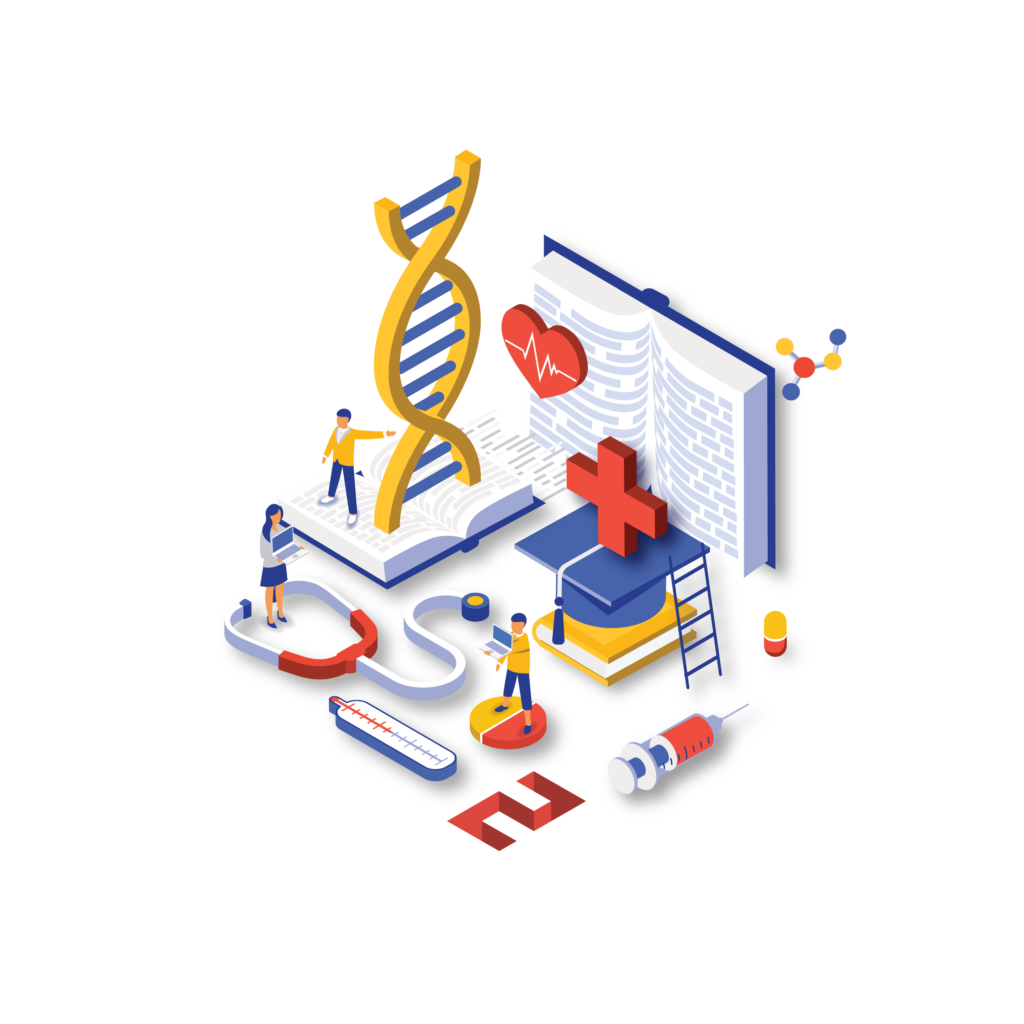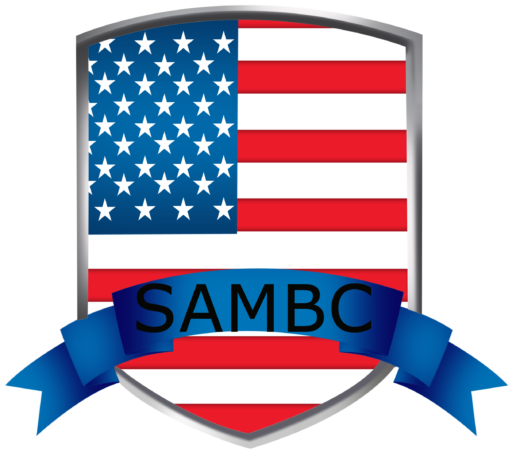Course

Blended Medical Billing & Coding Course
Medical billing is a highly specialized field that demands professionals with expertise in health plans, healthcare regulations, and payer types. It plays a critical role in the financial health of hospitals, physicians, and provider organizations. To establish yourself as a valuable and in-demand professional in any healthcare setting, you need to become a Certified Professional Biller and Coder through specialized training. SAMBC designed this certification course to help you establish your skills and differentiate yourself in the competitive healthcare business market. With this certification, you can advance your career path in medical billing and coding and work in various healthcare settings, including physician offices, ambulatory surgery centers, health systems, hospitals, dentists’ offices, billing companies, and more. Don’t miss this opportunity to take the first step towards a rewarding career in medical billing today!
Chapter 1
Introduction of US Health Care
Introduction of US Health Care Gain a comprehensive understanding of the US healthcare system, its structure, and key stakeholders.
Chapter 2
Let’s Learn about Medical Billing
Let’s Learn about Medical Billing Delve into the fundamentals of medical billing, exploring its role in the revenue cycle and its significance in healthcare organizations.
Chapter 3
Health Insurance Models and Consumer Driven Programme
Health Insurance Models and Consumer-Driven Programs Examine different health insurance models and consumer-driven programs to understand their impact on medical billing processes.
Chapter 4
Federal plan
Federal Plan Explore the intricacies of federal healthcare plans, understanding the specific regulations and requirements associated with them.
Chapter 5
Commercial plan
Commercial Plan Gain insights into commercial health insurance plans, including their policies, claim processes, and reimbursement procedures.
Chapter 6
ICD-10
ICD10 Master the ICD10 coding system, learning how to accurately assign diagnosis codes for various medical conditions.
Chapter 7
CPT
CPT Develop proficiency in the Current Procedural Terminology (CPT) coding system, enabling you to assign accurate procedure codes for medical services.
Chapter 8
Medical Billing Cycle
Medical Billing Cycle Discover the step-by-step process of the medical billing cycle, from patient registration to claim submission and reimbursement.
Chapter 9
Medical Necessity
Medical Necessity Learn the principles of medical necessity, ensuring that services provided are justified and compliant with insurance requirements.
Chapter 10
AR Management
AR Management Learn the essential skills for Accounts Receivable (AR) management, including tracking and resolving outstanding claims and maximizing revenue collection.
Chapter 11
Claim Form (HCFA 1500 form and UB04
Claim Form (HCFA 1500 Form and UB04) Become proficient in completing claim forms, including the HCFA 1500 form for professional services and the UB04 form for facility services.
Chapter 12
Denial Management (Common Denial and rejection)
Denial Management (Common Denial and Rejection) Develop strategies for effective denial management, understanding common denial and rejection scenarios and implementing appropriate remedies.
Chapter 13
HCPCS level II Concepts and Modifiers
HCPCS Level II Concepts and Modifiers Understand the concepts and modifiers involved in the Healthcare Common Procedure Coding System (HCPCS) Level II, facilitating accurate billing and reimbursement.
